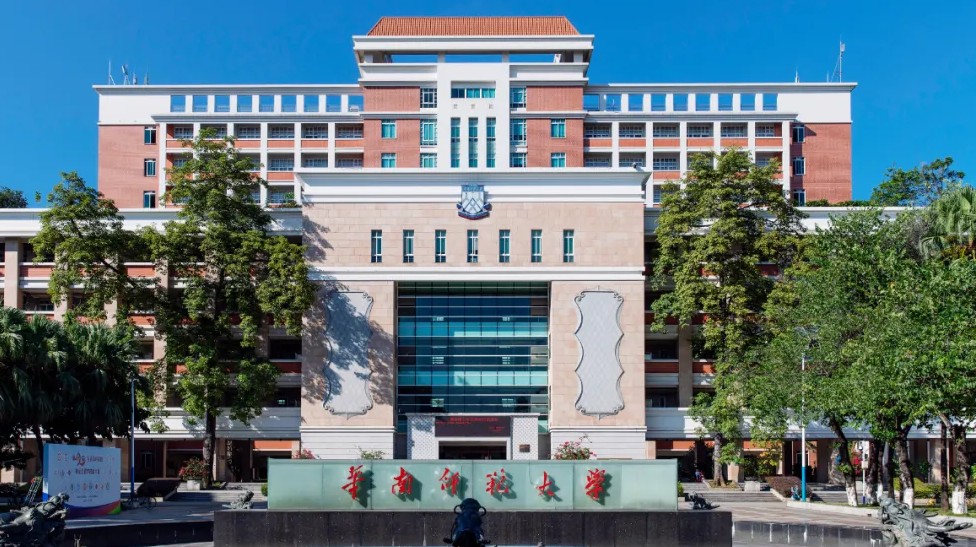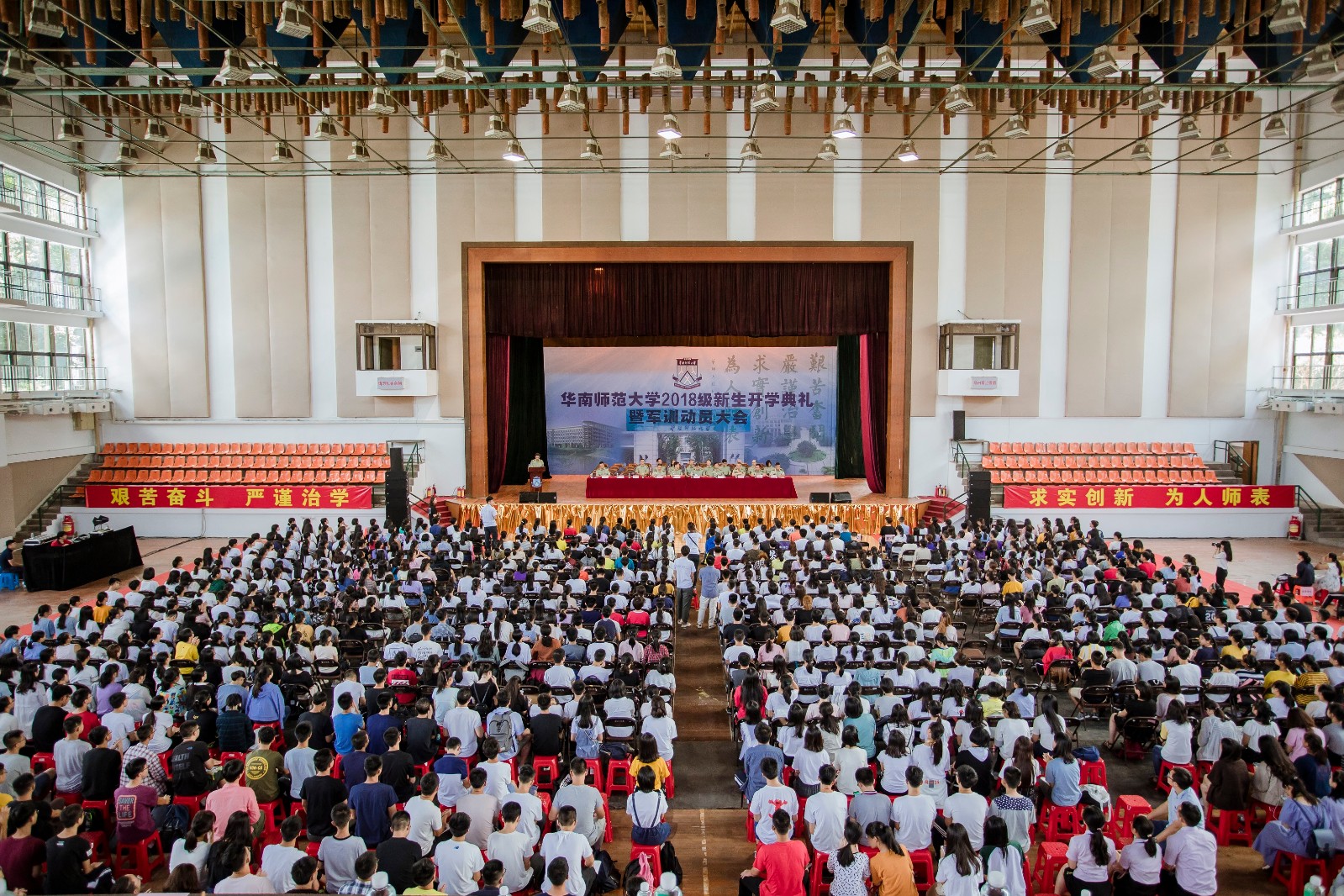
Likes
Students of SCNU won one national first prize and three national second prizes at the 2021 China Undergraduate Mathematical Contest in Modeling (CUMCM), according to the results released recently.
A total of 236 teams from SCNU signed up for the contest, 221 of which submitted their papers. The team, composed of Chen Xiantao, Chen Hongguang and He Ying from the School of Mathematical Sciences of SCNU, won the national first prize. It is the fourth time, in five successive contests since 2017, that SCNU acquires the first prize in China. Another three teams of SCNU won national second prizes. Besides, students also won 16 first prizes, 43 second prizes and 54 third prizes in the Guangdong division, the number of which for all three levels hits a record high.
In order to help students better prepare for this contest, the School of Mathematical Sciences purchased The Digital Courses of Problem Evaluation in the China Undergraduate Mathematical Contest in Modeling published by the Higher Education Press for teams to study. During the summer holiday, the school also organized the coaching group to strengthen the teams' ability of mathematical modeling and writing relevant papers through answering questions in the QQ group, holding network lectures, etc.
Under the joint efforts, SCNU has accomplished splendid results not only in the CUMCM but also in the Mathematical Contest in Modeling (MCM), the only international mathematical modeling contest organized by American Federation of Mathematics and Its Applications. After the breakthrough of two Finalist Winners Awards in the 2020 MCM, SCNU got five Finalist Winners Awards in 2021. The number of Finalist Winners awards is less than one percent of the total number of teams participating each year.
Established in 1992, the CUMCM, as a basic discipline contest, is the largest one among Chinese universities and most influential one at home and abroad. As its slogan says, “One competition life-long benefits”, the CUMCM not only improves students’ ability to solve practical problems by building mathematical models and using computer technology, but also cultivates their innovation spirit and cooperation consciousness. Furthermore, it promotes the reform of mathematics teaching system, teaching content and teaching method in colleges and universities.
Source: SCNU News Center, the School of Mathematical Sciences
Translated by Qiu Lezi, Yuan Yongshi, Yang Yi
Proofread by Edwin Baak
Edited by Li Jianru
What to read next:










